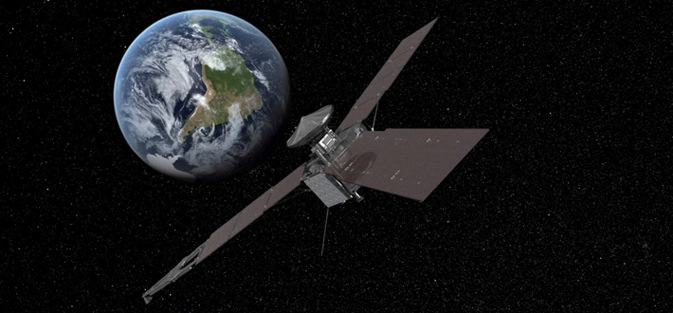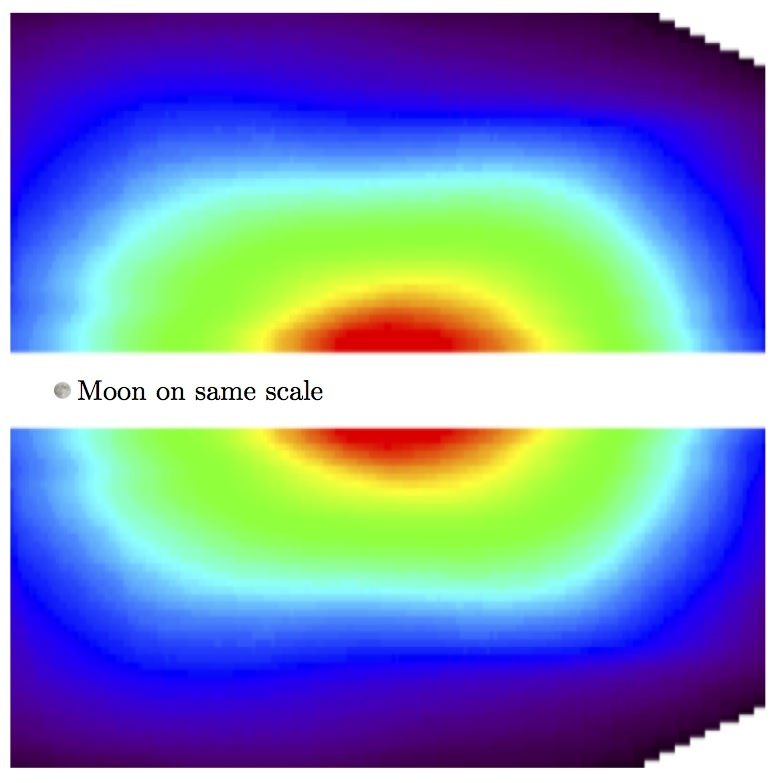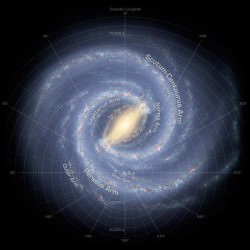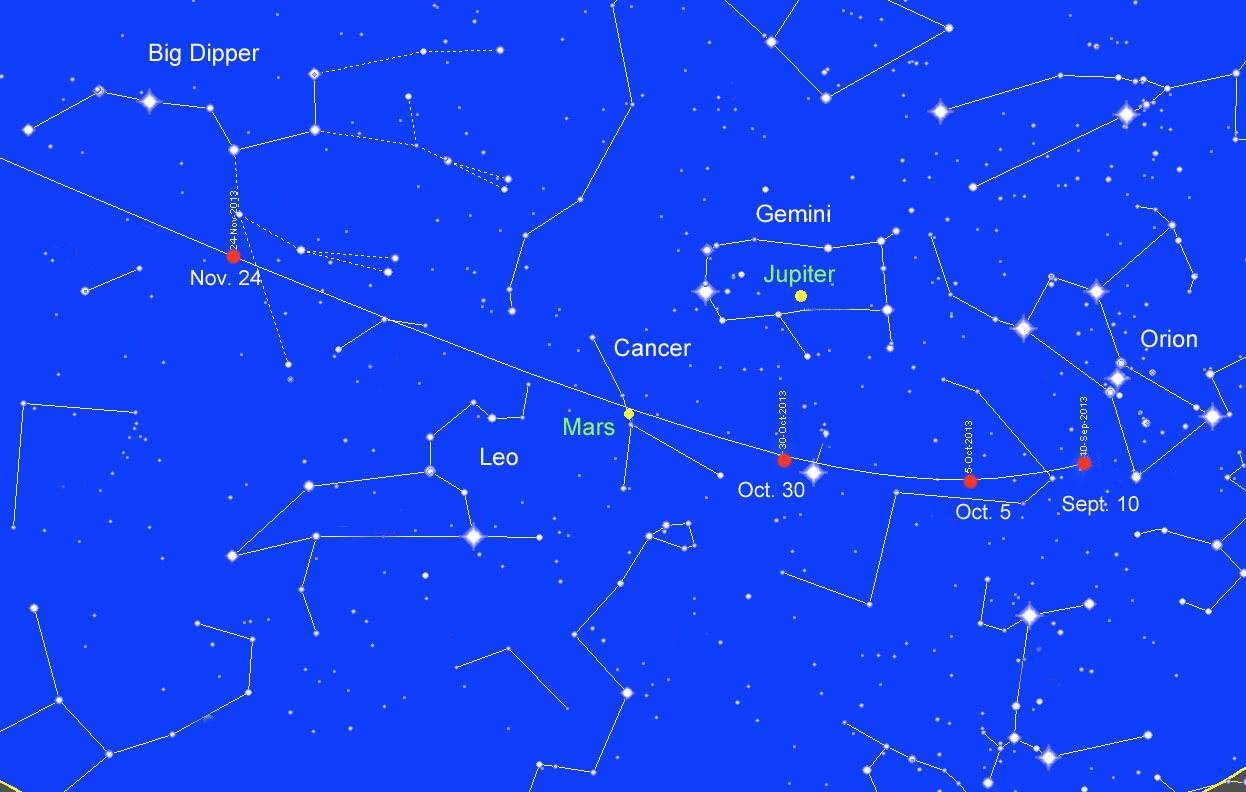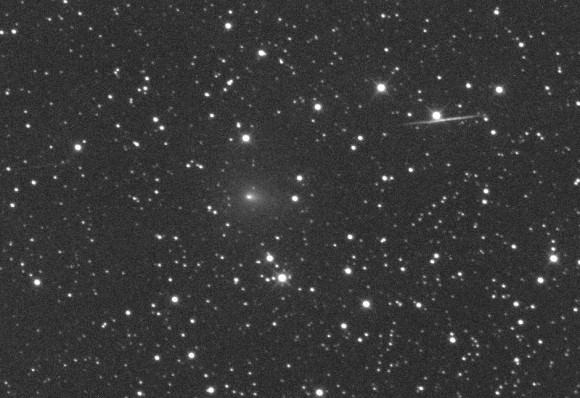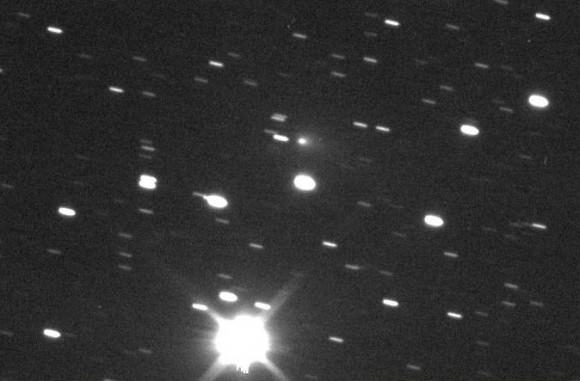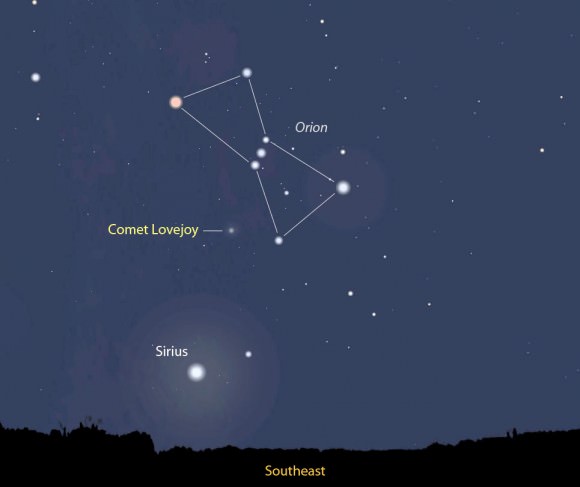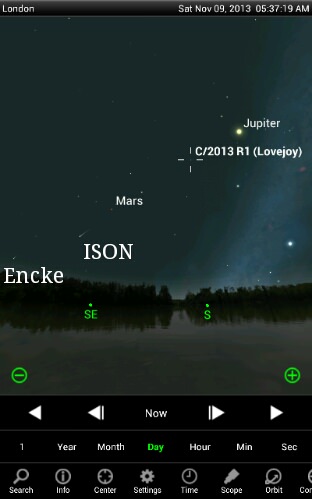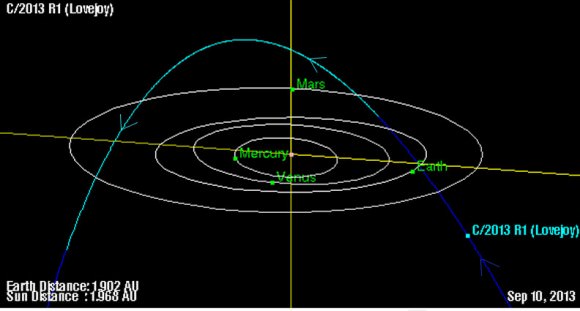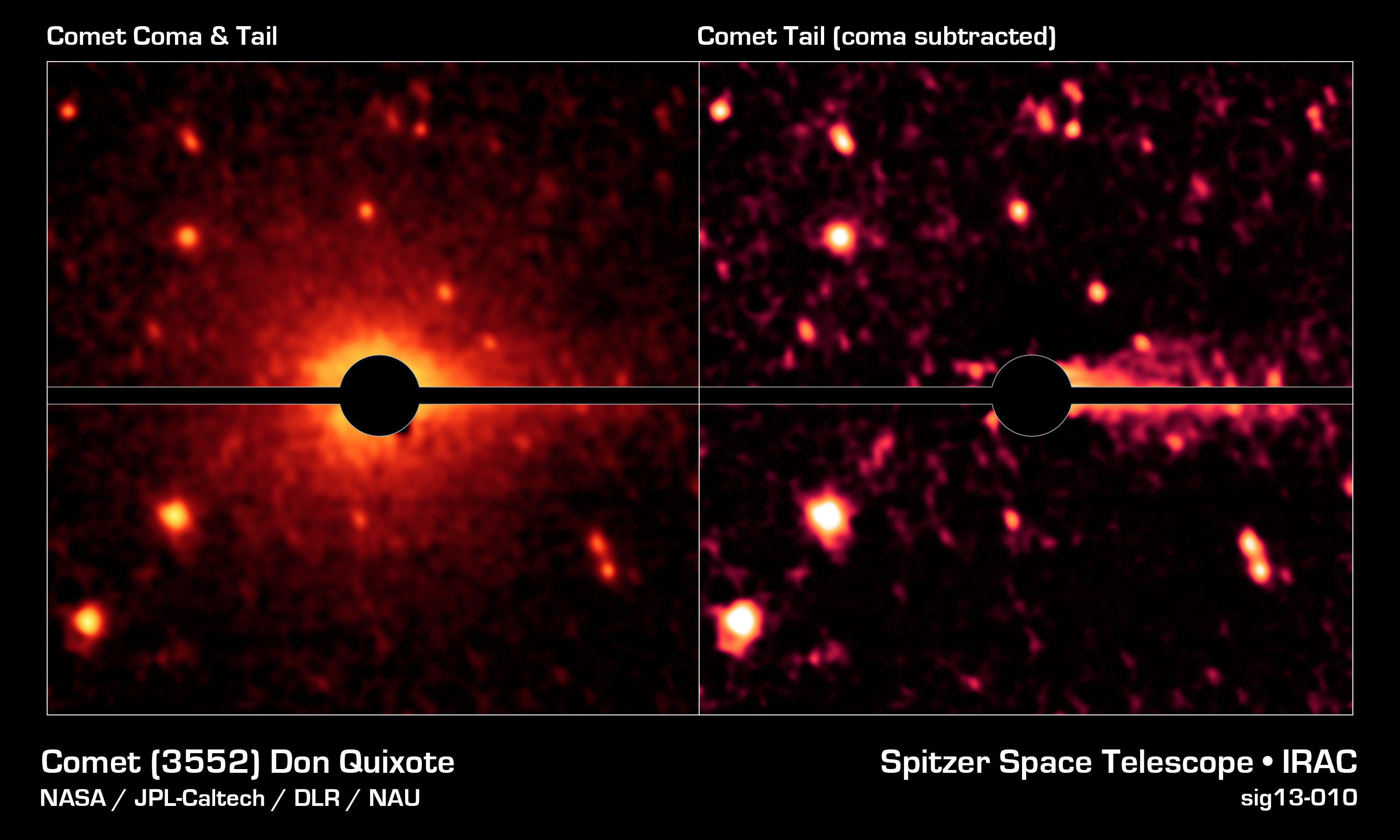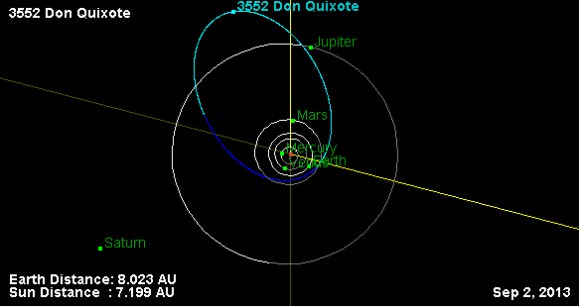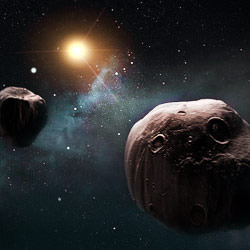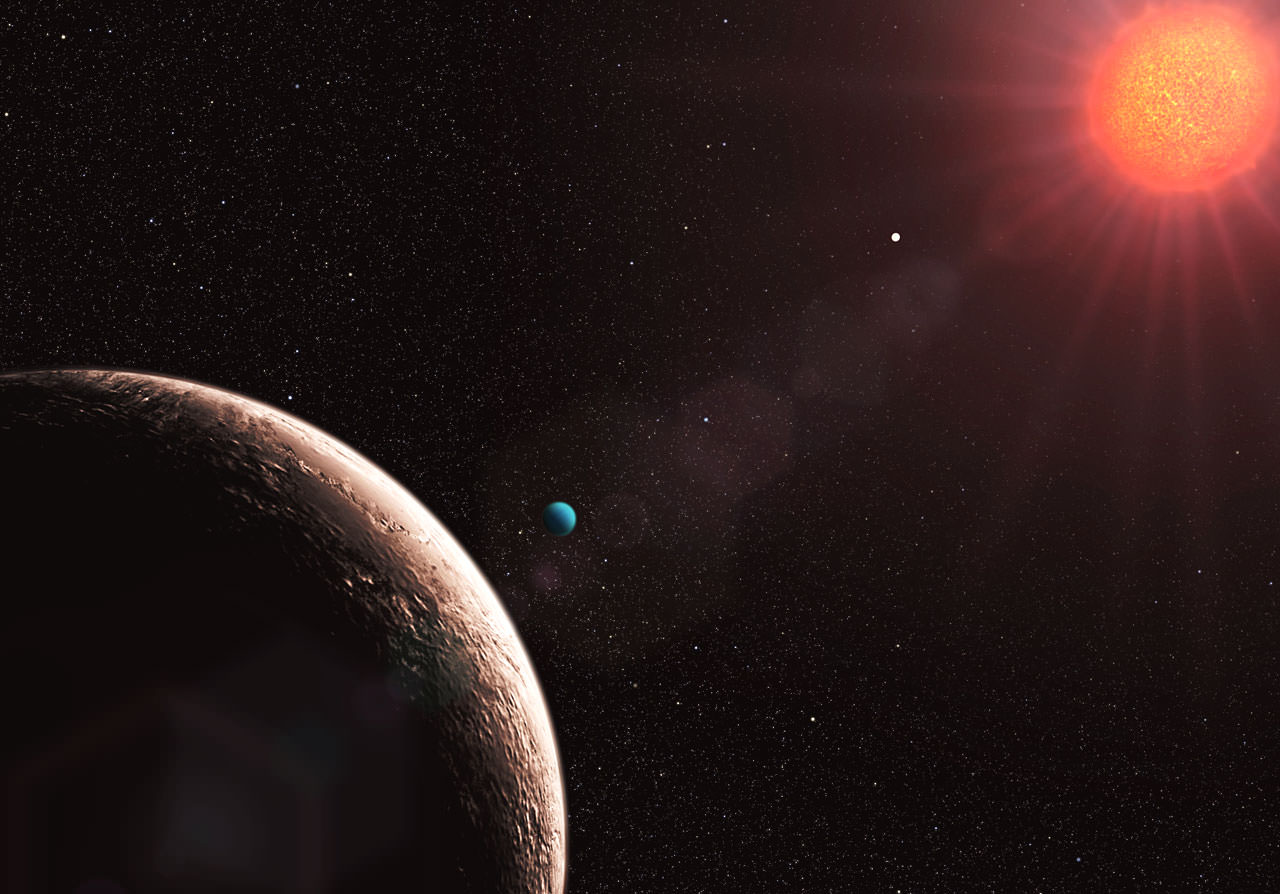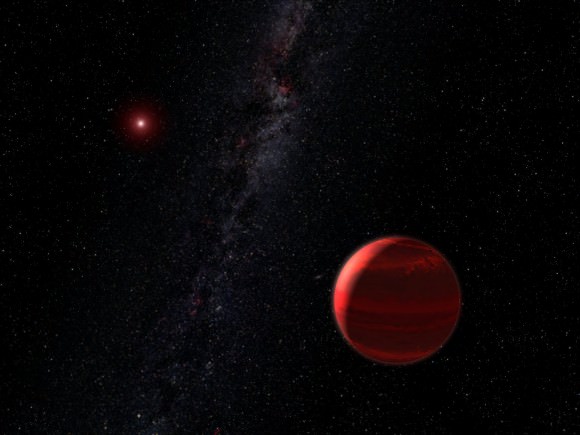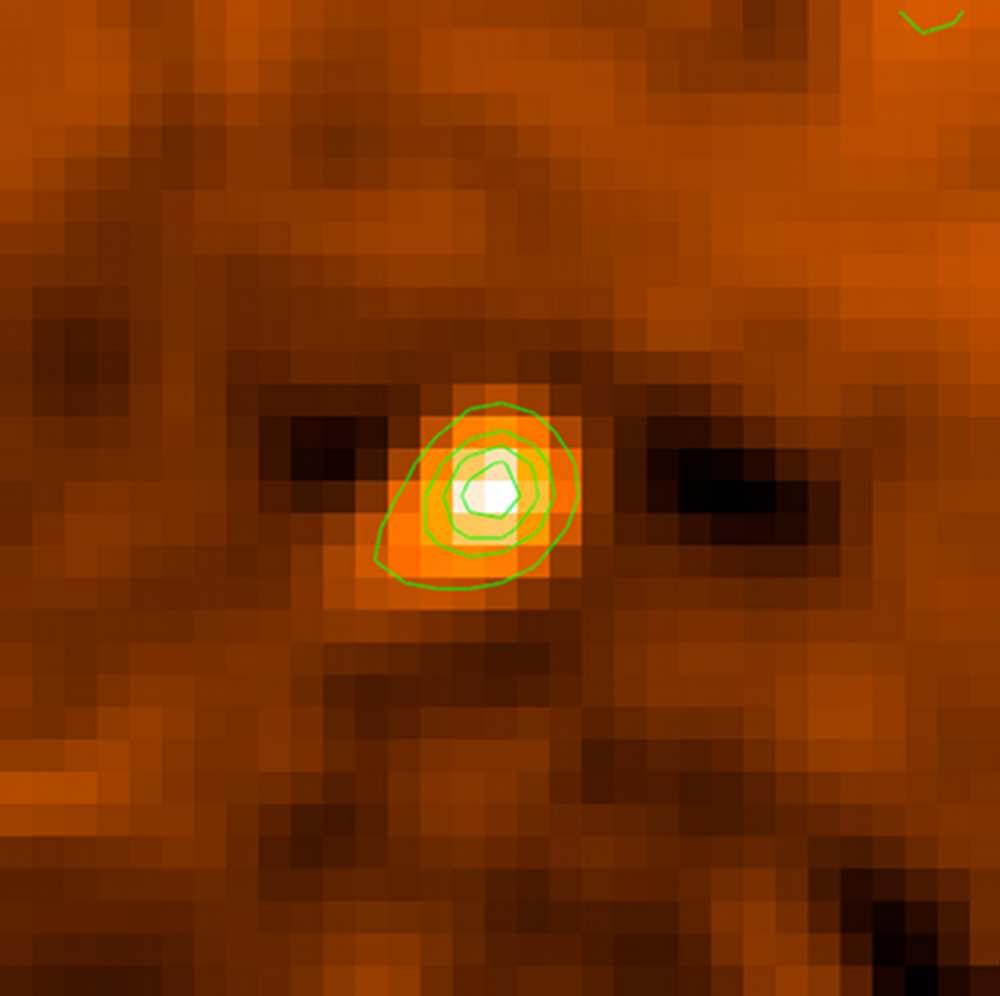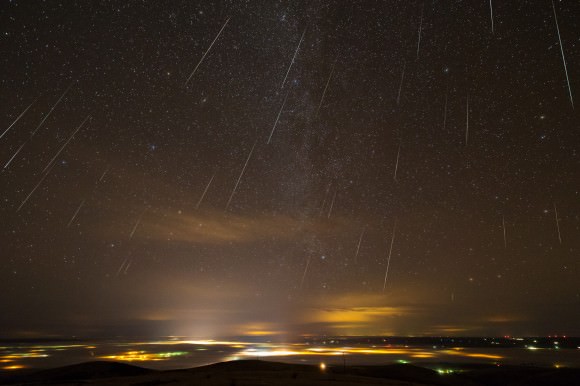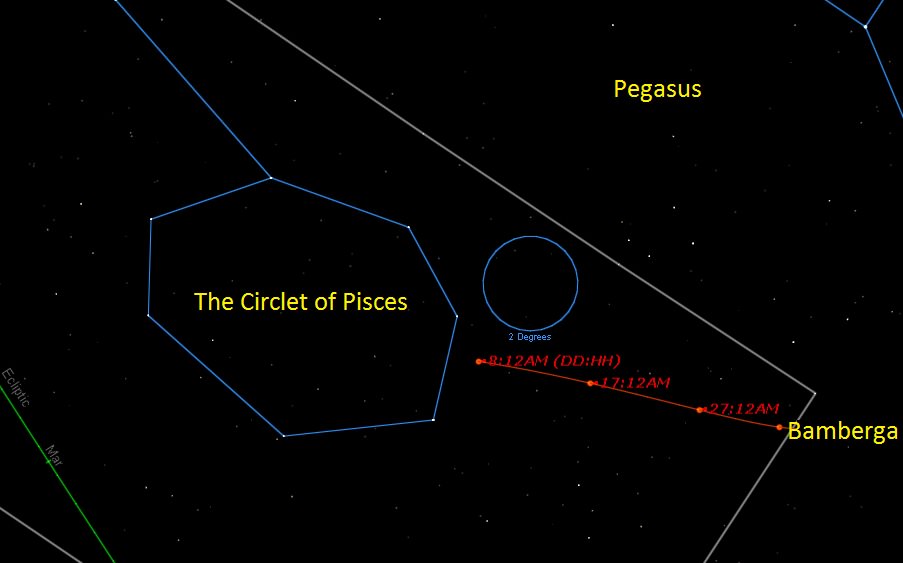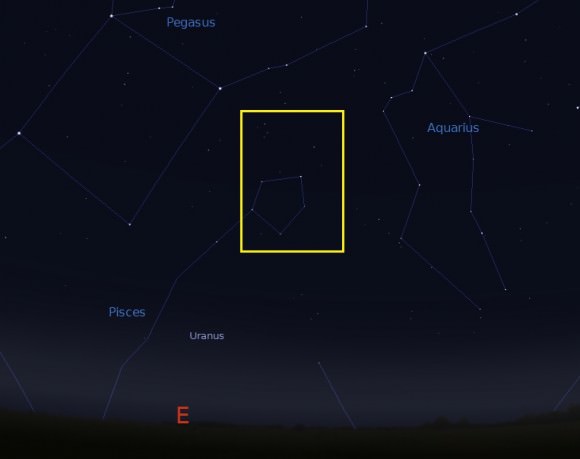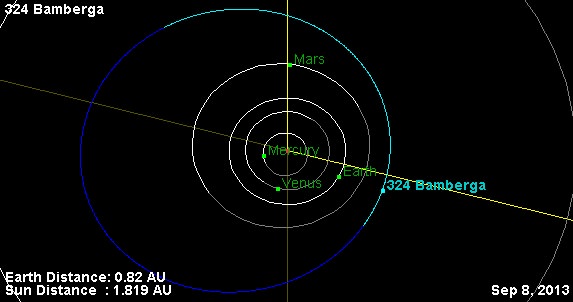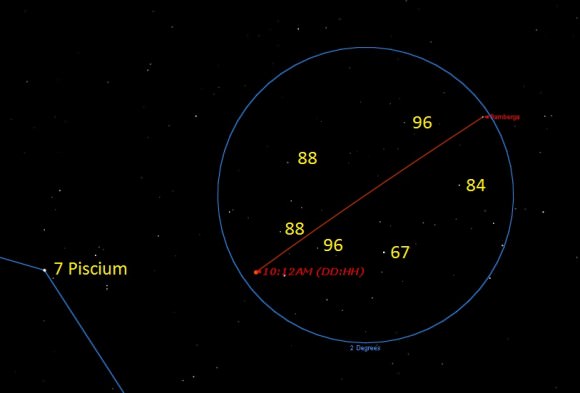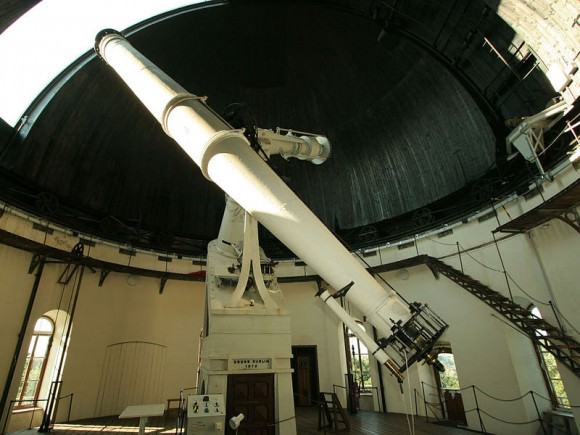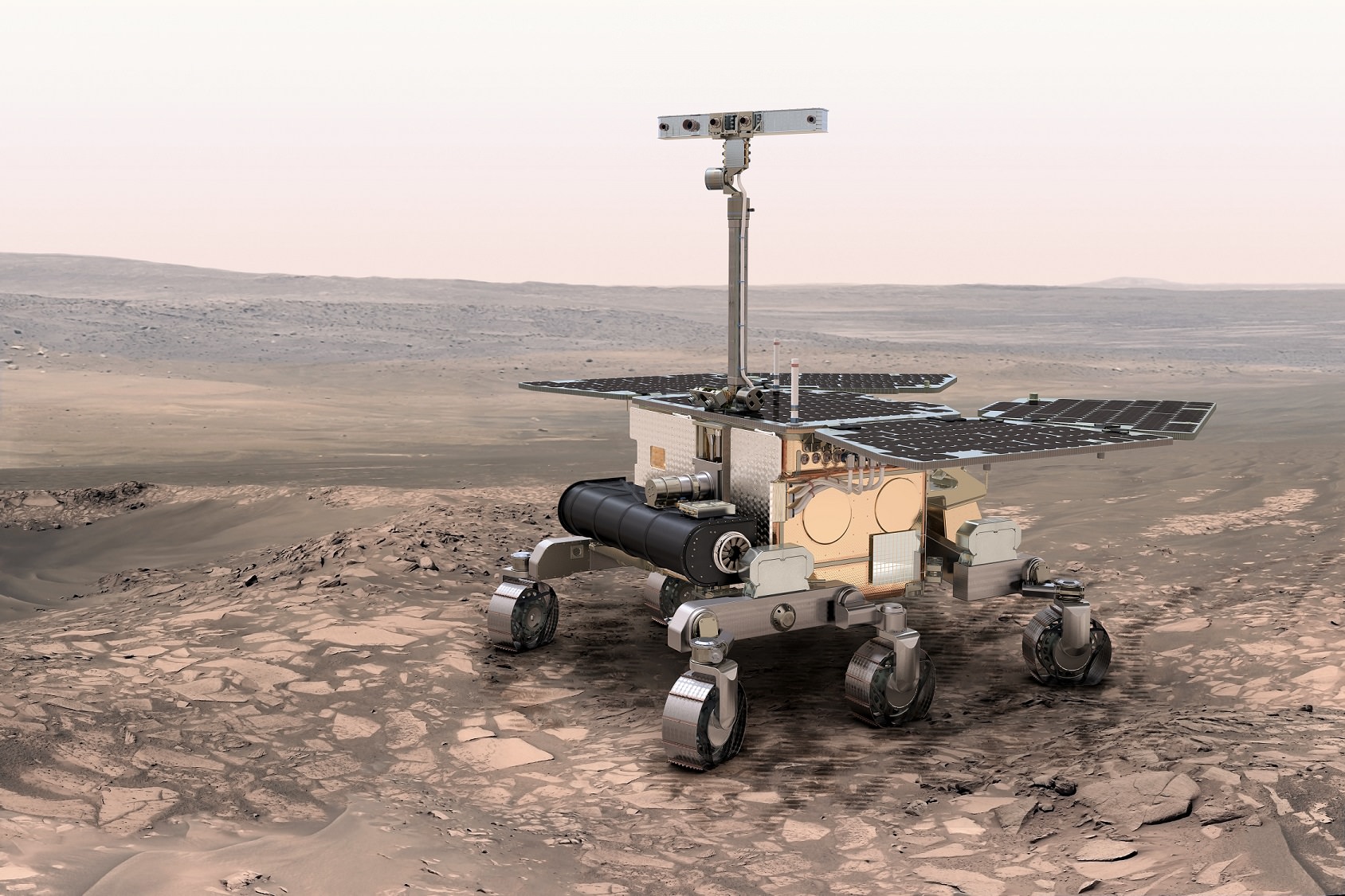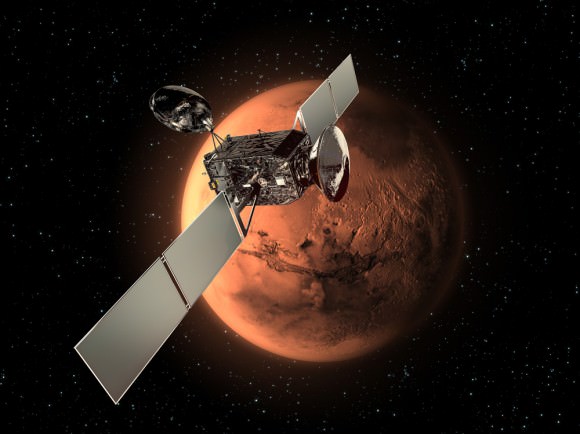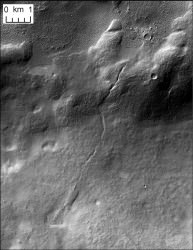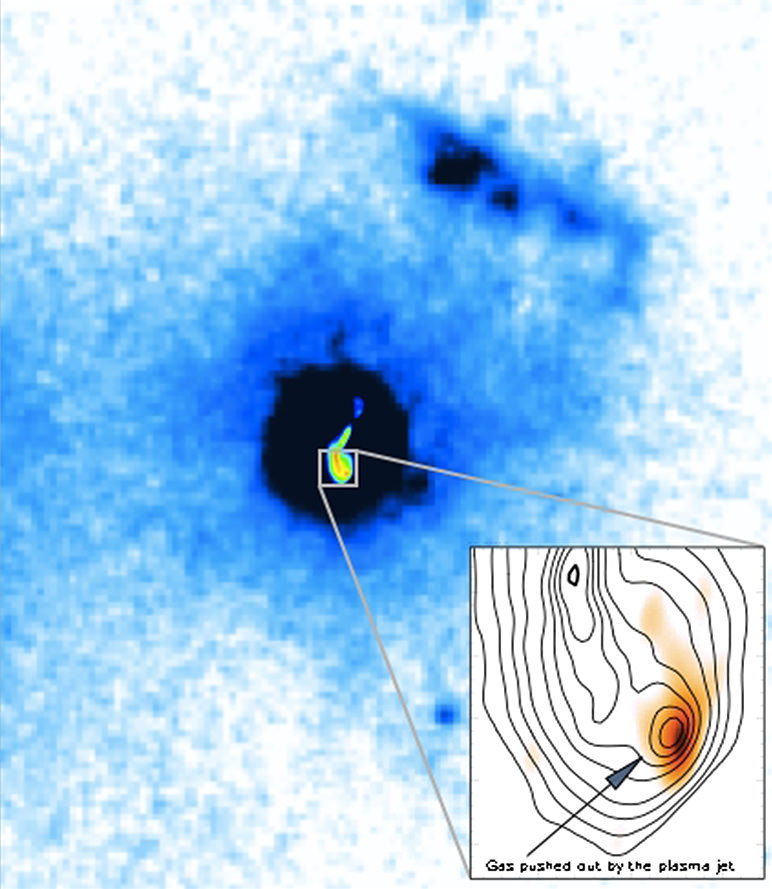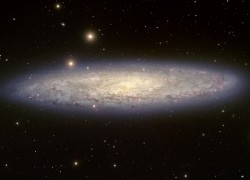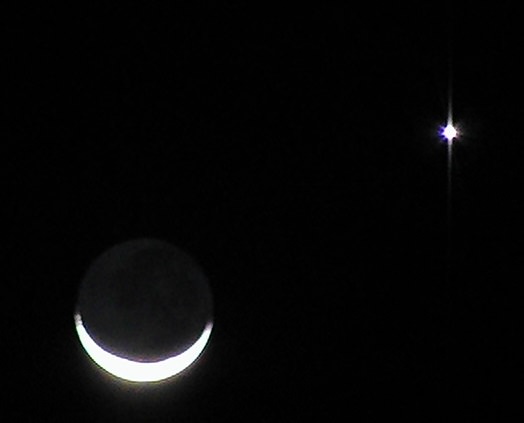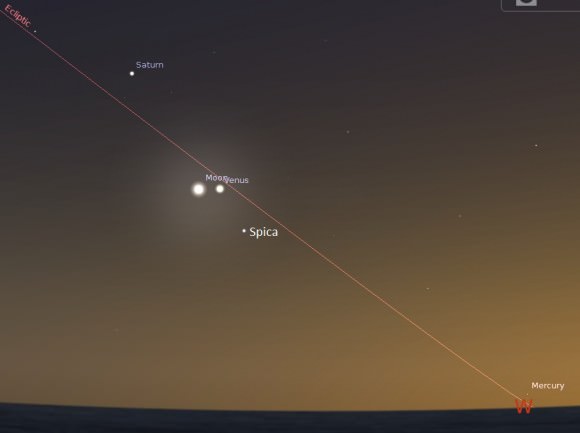Psst! Live in South Africa and read Universe Today? Then you might just get a peak at the Juno spacecraft as it receives a boost from our fair planet on the evening of October 9th, 2013.
Launched from Cape Canaveral Air Force Station on August 5th, 2011 atop an Atlas 5 rocket in a 551 configuration, Jupiter-bound Juno is approaching the Earth from interior to its orbit over the next month. Its closest approach to the Earth during its October 9th flyby will occur at 19:21 Universal Time (UT) which is 3:21 PM Eastern Daylight Saving Time. The spacecraft will pass 559 kilometres over the South Atlantic to a point 200 kilometres off of the southeastern coast of South Africa at latitude -34.2° south & longitude 34° east.
For context, this is just about 25% higher than the International Space Station orbits at an average of 415 kilometres above the Earth. The ISS is 108.5 metres across on its longest dimension, and we wouldn’t be surprised if Juno were a naked eye object for well placed observers watching from a dark sky site around Cape Town, South Africa. Especially if one of its three enormous 8.9 metre long solar panels were to catch the Sun and flare Iridium-style!
Two minutes before closest approach, Juno will experience the only eclipse of its mission, passing into the umbra of Earth’s shadow for about 20 minutes. Chris Peat at Heavens-Above also told Universe Today that observers in India are also well-placed to catch sight of Juno with binoculars after it exits the Earth’s shadow.
Juno passed its half-way mark to Jupiter last month on August 12th when the “odometer clicked over” to 9.464 astronomical units. Juno will enter orbit around Jupiter on July 4th, 2016. Juno will be the second spacecraft after Galileo to permanently orbit the largest planet in our solar system.
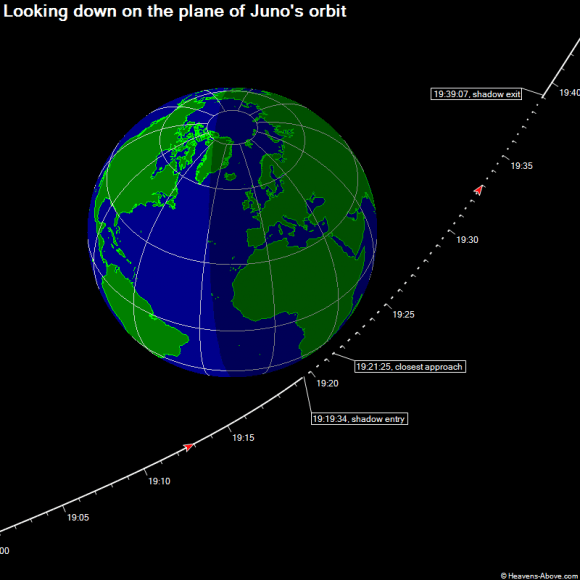
Catching a flyby of Juno will be a unique event. Unfortunately, the bulk of the world will miss out, although you can always vicariously fly along with Juno with Eyes on the Solar System. Juno is currently moving about 7 km/s relative to the Earth, and will move slightly faster than the ISS in its apparent motion across the sky from west to east before hitting Earth’s shadow. This slingshot will give Juno a 70% boost in velocity to just under 12km/s relative to Earth, just slower than Pioneer 10’s current motion relative to the Sun of 12.1km/s.
At that speed, Juno will be back out past the Moon in about 10 hours after flyby. There’s a chance that dedicated imagers based along North American longitudes could still spy Juno later that evening.
Juno approaches the Earth from the direction of the constellation Libra and will recede from us in the direction of the constellation Perseus on the night of October 9th.
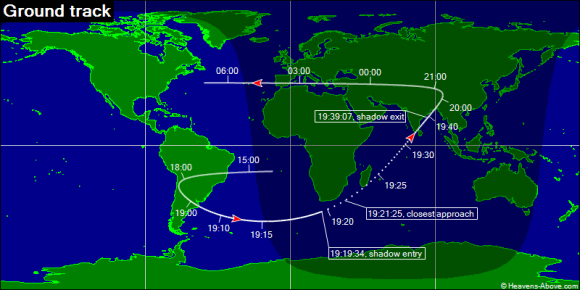
There’s also a precedent for spotting such flybys previous. On August 18th, 1999, NASA’s Cassini spacecraft made a flyby of the Earth at 1,171 kilometres distant, witnessed by observers based in the eastern Pacific region. Back then, a fuss had been raised about the dangers that a plutonium-powered spacecraft might posed to the Earth, should a mis-calculation occur. No such worries surround Juno, as it will be the first solar-powered spacecraft to visit the outer solar system.
And NASA wants to hear about your efforts to find and track Juno during its historic 2013 flyby of the Earth. JPL Horizons lists an ephemeris for the Juno spacecraft, which is invaluable for dedicated sky hunters. You can tailor the output for your precise location, then aim a telescope at low power at the predicted right ascension and declination at the proper time, and watch. Precise timing is crucial; I use WWV shortwave radio broadcasting out of Fort Collins, Colorado for ultra-precise time when in the field.
As of this writing, there are no plans to broadcast the passage of Juno live, though I wouldn’t be surprised if someone like Slooh decides to undertake the effort. Also, keep an eye on Heavens-Above, as they may post sighting opportunities as well. We’ll pass ‘em along if they surface!
Late Breaking: And surface they have… a page dedicated to Juno’s flyby of Earth is now up on Heavens-Above.
Juno is slated to perform a one year science mission studying the gravity and magnetic field of Jupiter as well as the polar magnetosphere of the giant planet. During this time, Juno will make 33 orbits of Jupiter to complete its primary science mission. Juno will study the environs of Jupiter from a highly inclined polar orbit, which will unfortunately preclude study of its large moons. Intense radiation is a primary hazard for spacecraft orbiting Jupiter, especially one equipped with solar panels. Juno’s core is shielded by one centimetre thick titanium walls, and it must thread Jupiter’s radiation belts while passing no closer than 4,300 kilometres above the poles on each pass. One run-in with the Io Plasma Torus would do the spacecraft in. Like Galileo, Juno will be purposely deorbited into Jupiter after its primary mission is completed in October 2017.
If you live in the right location, be sure to check out Juno as it visits the Earth, one last time. We’ll keep you posted on any live broadcasts or any further info on sighting opportunities as October 9th draws near!
– Got pics of Juno on its flyby of the Earth? Send ’em in to Universe Today!
– You can also follow the mission on Twitter as @NASAJuno.

